11 Things We’ll Keep Doing Even After COVID-19 Is Over
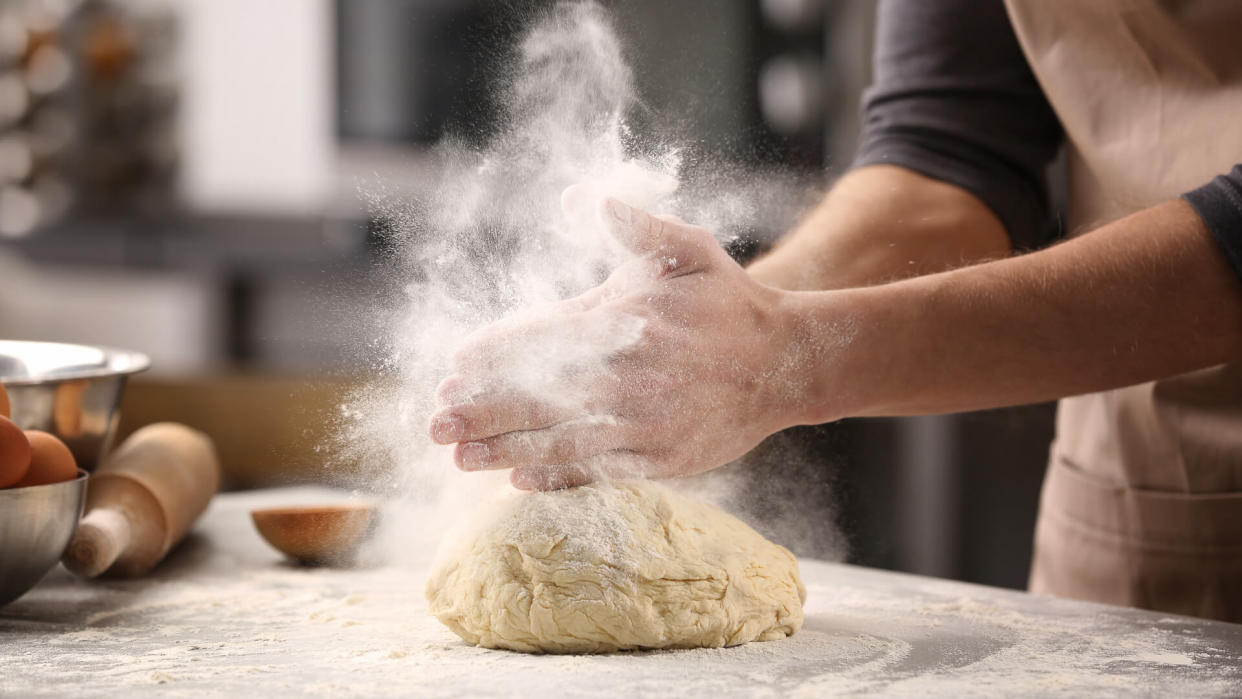
For most of us, nothing in our lifetimes has so drastically altered the way we collectively live than the COVID-19 pandemic. From the way we work and learn to how we eat, travel and socialize, virtually no aspect of life has been unaffected.
Read: COVID’s Financial Impact After 1 Year: See All Our Coverage
While many of these changes have been difficult and stressful, especially for those who have suffered the loss of a job or have been touched directly by a COVID-19 infection, the last year has also inspired a reconsideration of our true wants and needs.
As vaccines roll out and a future that is not ruled by COVID-19 becomes more tangible, a meal at a restaurant, going out to a show, kids returning to school and just hugging our loved ones will be welcome returns to normal life. But as we’ve settled into our adjusted routines, some of the new habits, practices and ways of doing things have had unintended positive effects — on our well-being, our pocketbooks, our relationships and our quality of life. Whether for financial reasons or convenience, here are 11 things that are here to stay long after we’ve put our masks away.
Last updated: March 12, 2021
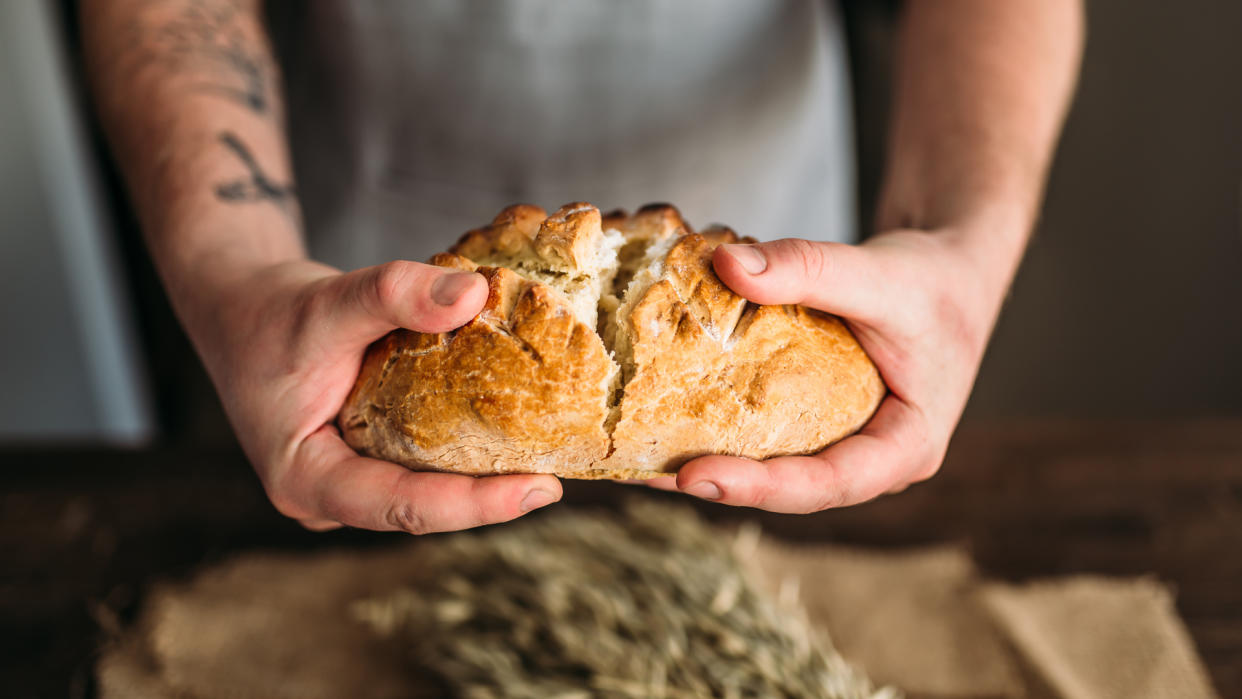
1. Baking Bread
In a February study analyzing American values and activities during COVID-19 based on internet activity, researchers from UCLA and Harvard University found that Google searches for the word “sourdough” increased by 384% — more than any other word the authors analyzed.
Now that the starters of all these home bread bakers are going, they aren’t going to let their yeast babies stop. Several months in, ambitious hobbyists chasing the picture-perfect bakery loaf might be investing in some next-level supplies. Dutch ovens are just the beginning, with scoring tools, rising baskets and pastry mats also joining the bread makers’ tool kit. Thank goodness flour is back on grocery store shelves.
See: 40 Supermarket Buys That Are a Waste of Money

2. Birdwatching
It was a fascinating phenomenon that as stillness set in, we collectively looked out our windows and started to really notice the birds.
According to the National Audubon Society, not only have longtime birdwatchers been filling up their feeders more regularly, but newbies have been buying their first sets of binoculars, bird feeders and field guides. And they say suppliers have struggled to keep up with demand.
When the pandemic is over, bird watching offers a wealth of more sociable activities as well. Birders flock to events like Colorado’s annual sandhill crane migration (which is virtual only this March) or to watch endangered prairie chickens perform their famous courtship dance.
For a list of upcoming events, visit allaboutbirds.org.
Find Out: America’s Favorite Lockdown Hobbies and How Much They Cost
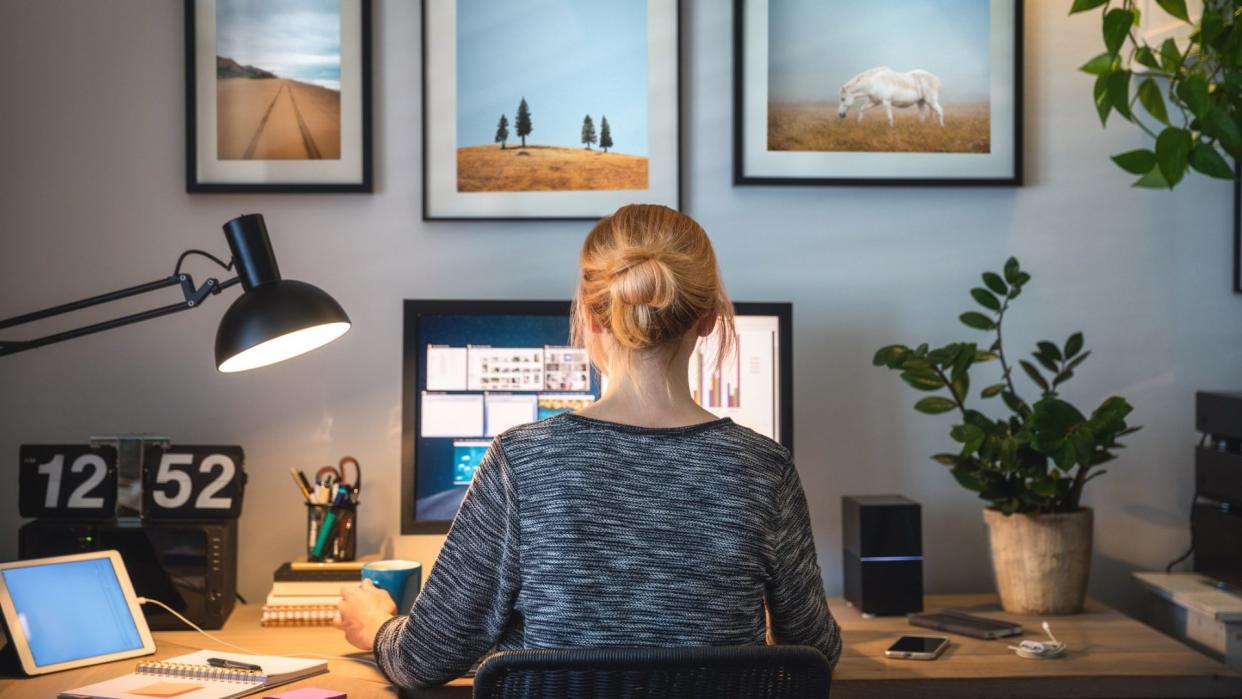
3. Working From Home (or Working Less)
According to research-based consulting firm Global Workplace Analytics, an estimated 25%-30% of the U.S. workforce will be working from home multiple days a week by the end of this year.
What’s more, the U.S. Labor Department reports that 2.5 million women have left the workforce during the pandemic — and there have been loud calls of concern, including from Vice President Kamala Harris, over how many of them will return, either full or part time. According to a report by McKinsey & Company, 1 in 4 women are considering downshifting their careers or leaving the workforce.
Karin Sinkula, a medical office manager and single mother of two in Seattle, said that putting her family before her job was an important choice she made during the pandemic that she wanted to continue. “I went down to half time, and I’ve decided to stay at half time even when schools are back to normal.”
Read More: The Pros and Cons of Continuing to Work Remotely Post-Pandemic
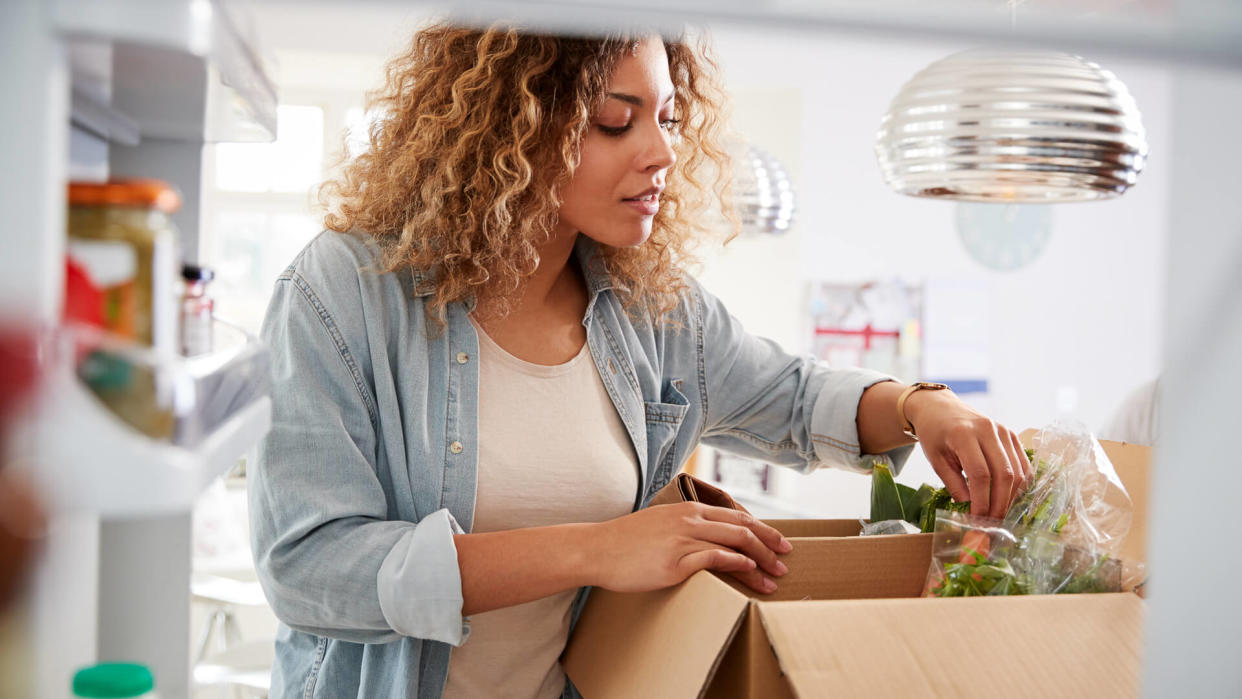
4. Grocery Delivery
If Instacart’s 323% year-over-year sales growth figure is any indication, people are hooked on getting their groceries delivered to their door. Whether via third-party apps like Instacart and Postmates (which charge fees), Amazon Fresh memberships or ordering direct curbside pickup or delivery from grocery stores (often for free), the convenience of online grocery shopping is undeniable.
Given that the remote work trend is also expected to prevail, that quick pop into the grocery store on the way home isn’t as relevant if you never leave the house in the first place.
Related: We Tried All the Grocery-Delivery Services During the Pandemic, and This Is What We Learned
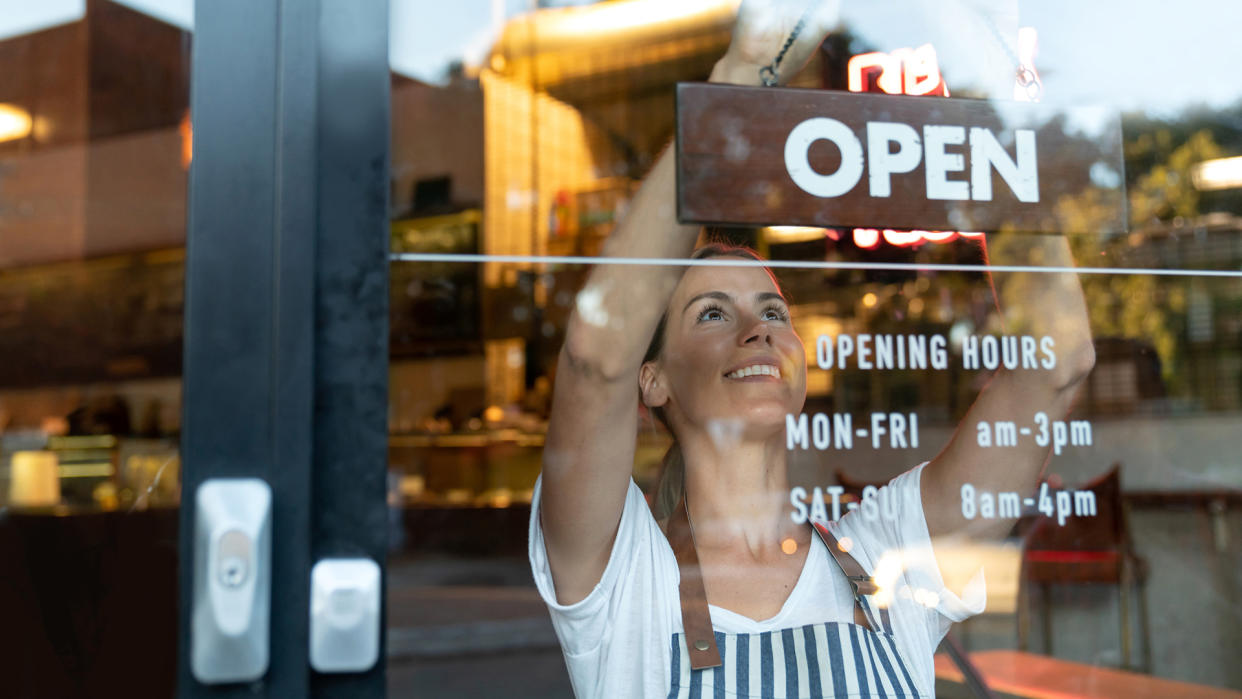
5. Supporting Small Businesses
While Amazon enjoyed record sales growth during the pandemic, the U.S. saw nearly 100,000 of its small businesses close permanently in the first six months of the pandemic, according to Yelp data. Business owners who have managed to keep the lights on have shown incredible creativity in adapting, going to great lengths to create safe and convenient shopping experiences that have a chance of competing with e-commerce giants.
For a lot of consumers, it has hit home that we can’t take our local shops, restaurants and services for granted. According to a consumer sentiment survey last June by Cox Business, 70% of respondents said they planned to increase support of small businesses as the severity of COVID-19 lessens. The recent good news from Yelp is that nearly a half-million new businesses opened during the first year of the pandemic, signaling promising signs of recovery.
More: How To Keep Supporting Your Local Small Businesses During COVID-19
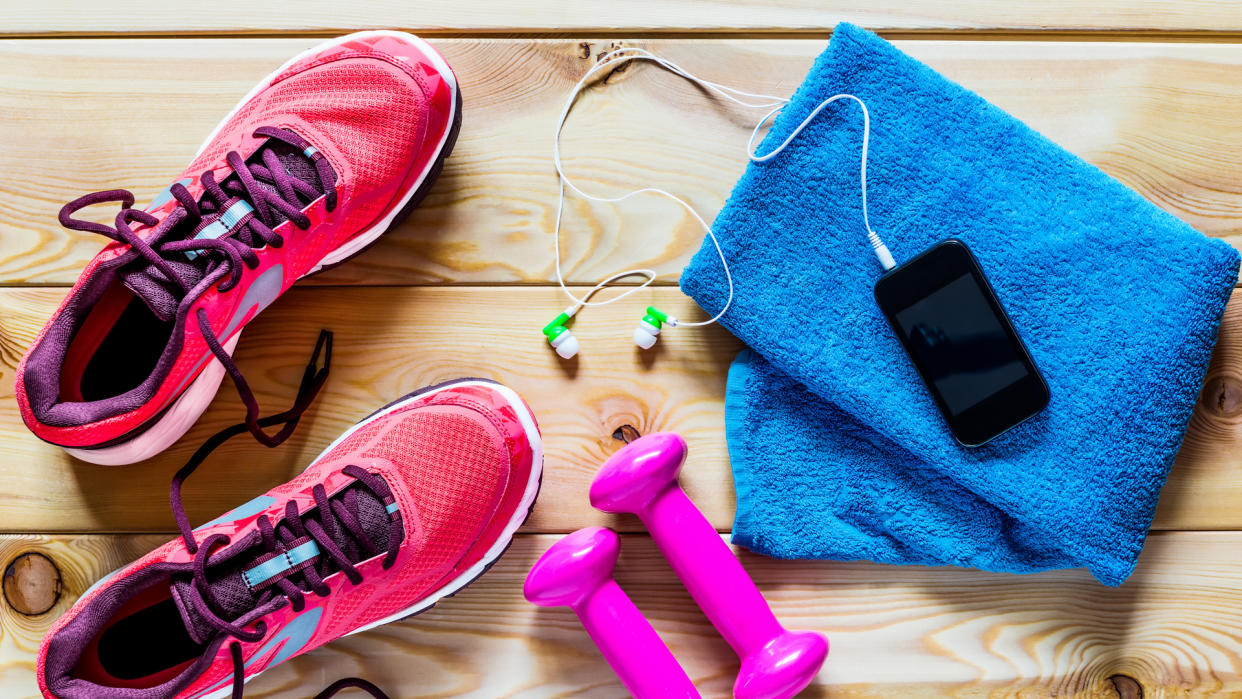
6. Home Workouts
Not only has home become our office, but it has also become our gym. Demand for fitness equipment has increased by 170% since lockdowns began, according to Research and Markets. Some people are certainly eager to get back to the gym or yoga studio, missing the sense of community they get from it. But now that so many have invested in high-priced equipment like Pelotons and gotten into comfortable workout routines with their favorite virtual classes, they’re likely to stick with them.
In an industry report released in July, the fitness research group Club-Intel predicted that the future is a hybrid one. “Digital content has opened member eyes to the many choices they have, and as a result, operators must look at digital not as a stop gap during closure, but instead as a vital key element of their value proposition in the future,” the report said.
See: How COVID-19 Has Permanently Upended the Fitness Industry
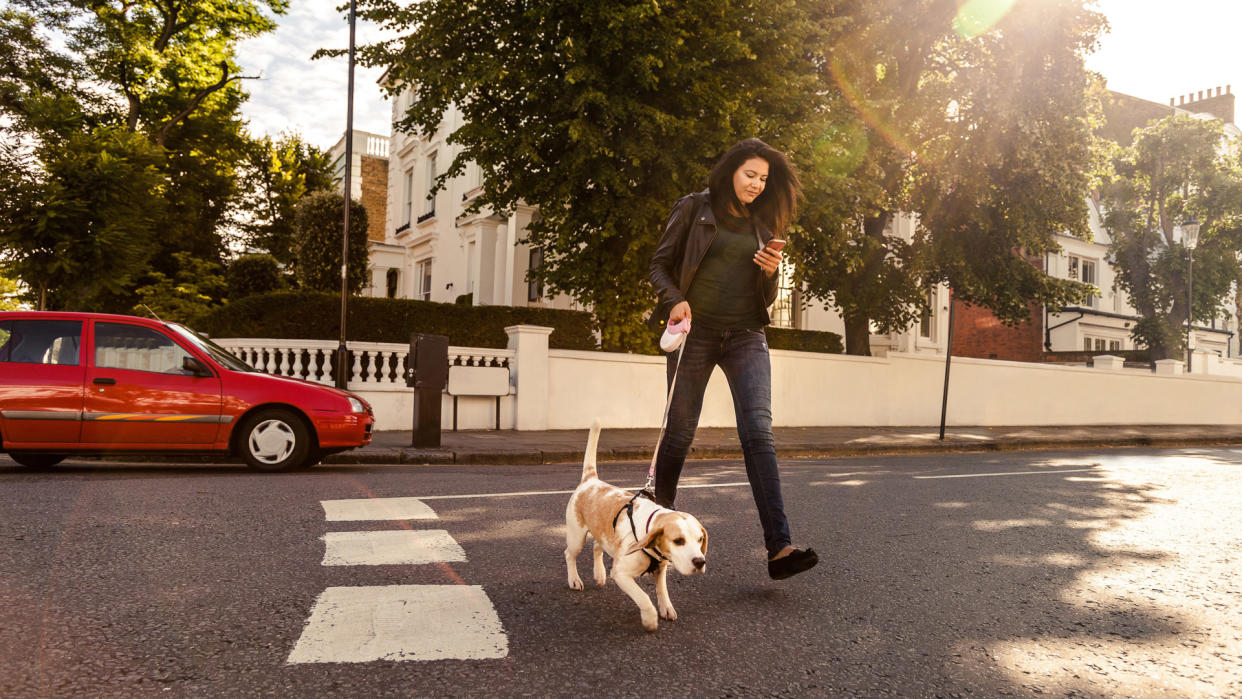
7. Walking the Dog
The surge in pandemic pet adoptions means that, well, a lot more people now have pets. But unlike your virtual yoga class, you can’t easily cancel your pet when they’re no longer convenient. As we become more mobile again, including going into the office and traveling for vacation, new fur parents are going to have to consider logistics like doggie day care, traveling with pets and the extra expenses that go with them.
Put Fido To Work: 20 Pets That Make Millions for Their Owners
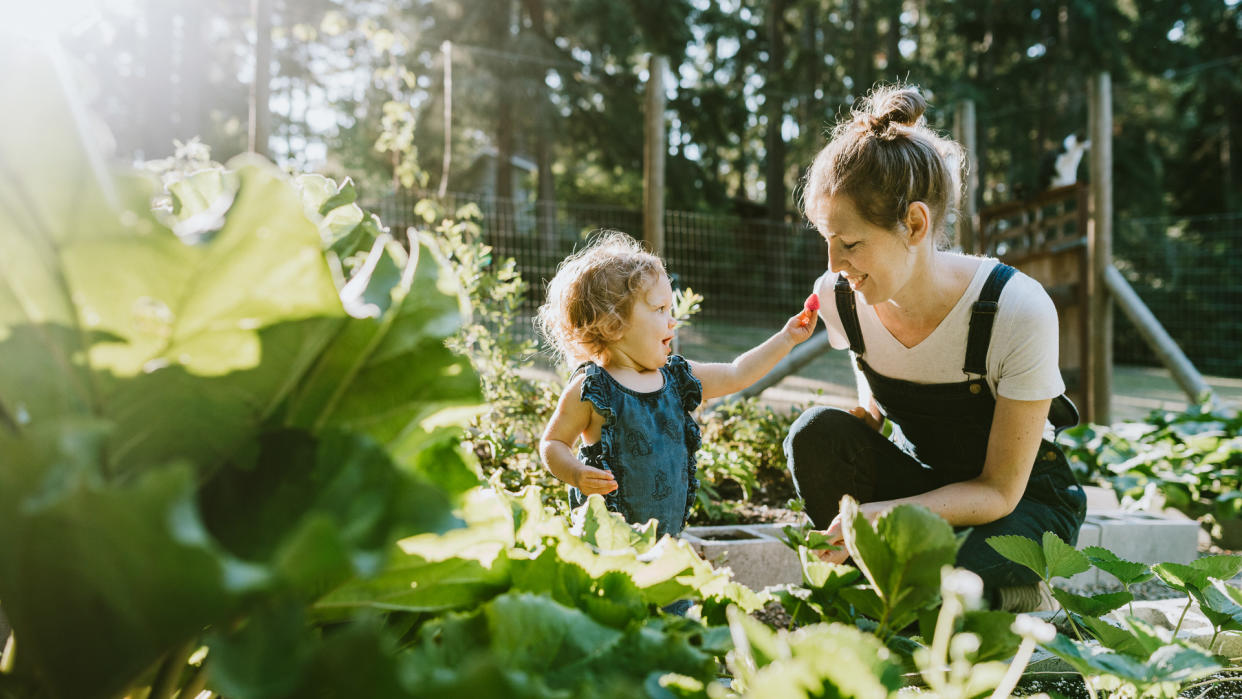
8. Gardening
Last spring and summer, gardening provided a rewarding focus at home and an extra source of fresh and healthy food that even grocery delivery services can’t compete with, in terms of convenience and safety. That enthusiasm is going strong again this spring, with many seed suppliers backlogged on orders, trying to keep up with demand.
Gardeners thinking ahead may have saved their seeds from last season’s crops to start this year’s. If not, it’s never too late to start a practice that will multiply the rewards, ensuring a supply and cutting down on costs.
Spring Spruce-Up: 30 Ways To Upgrade Your Home Without Blowing Your Budget
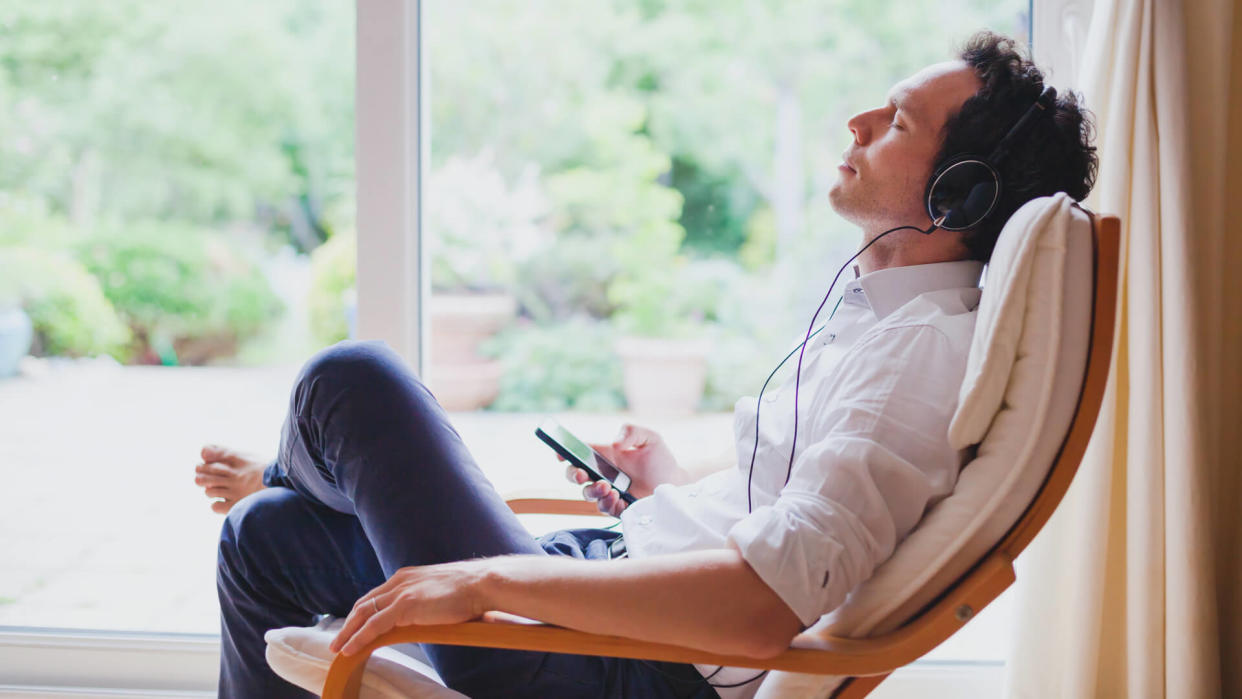
9. Mindfulness
Another increasingly popular way to cope with stress, practicing mindfulness has gone hand in hand with a slower lifestyle, albeit one with plenty to worry about.
Downloads of mindfulness and meditation apps have skyrocketed during the pandemic. Healthcare provider Kaiser Permanente recently began offering Calm, a popular app for meditation and sleep, to its members at no cost (an annual subscription normally costs $69.99). Employers have ramped up their mental health support, and schools have incorporated mindfulness into their daily schedules to help students cope.
While pandemic stress will hopefully ease, pausing to take a few deep breaths can be a useful tool in our kits when life throws new challenges our way in the future.
Read: Free Self-Care Ideas To Save You Money
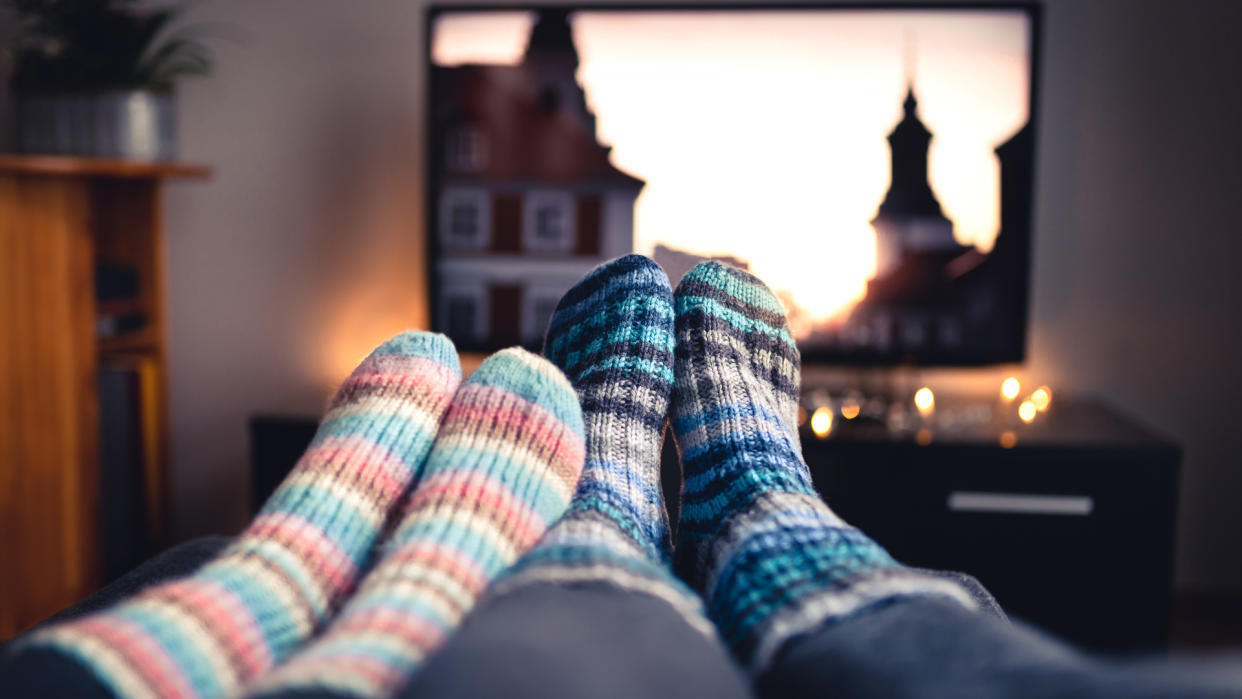
10. Watching Movies at Home
The state of the film industry and theater-going is anything but certain these days, with studios and movie theaters often sparring with each other over how and where new films will be released.
Theaters will eventually reopen, and cinema owners are counting on the uniqueness of the big-screen experience to draw people back. But we’ve also been buying bigger and smarter TVs. Manufacturers like Samsung are banking on people who prefer the couch with new offerings like a 110-inch MicroLED TV and its first new home cinema projector in a decade.
Disney chief executive Bob Chapek has projected a new hybrid future. After the pandemic, he said in comments reported by the New York Times, Disney plans to release some of its movies exclusively to theaters, while others will debut exclusively on Disney+.
Catch Up: Most Expensive Movies Debuting on Streaming in 2021
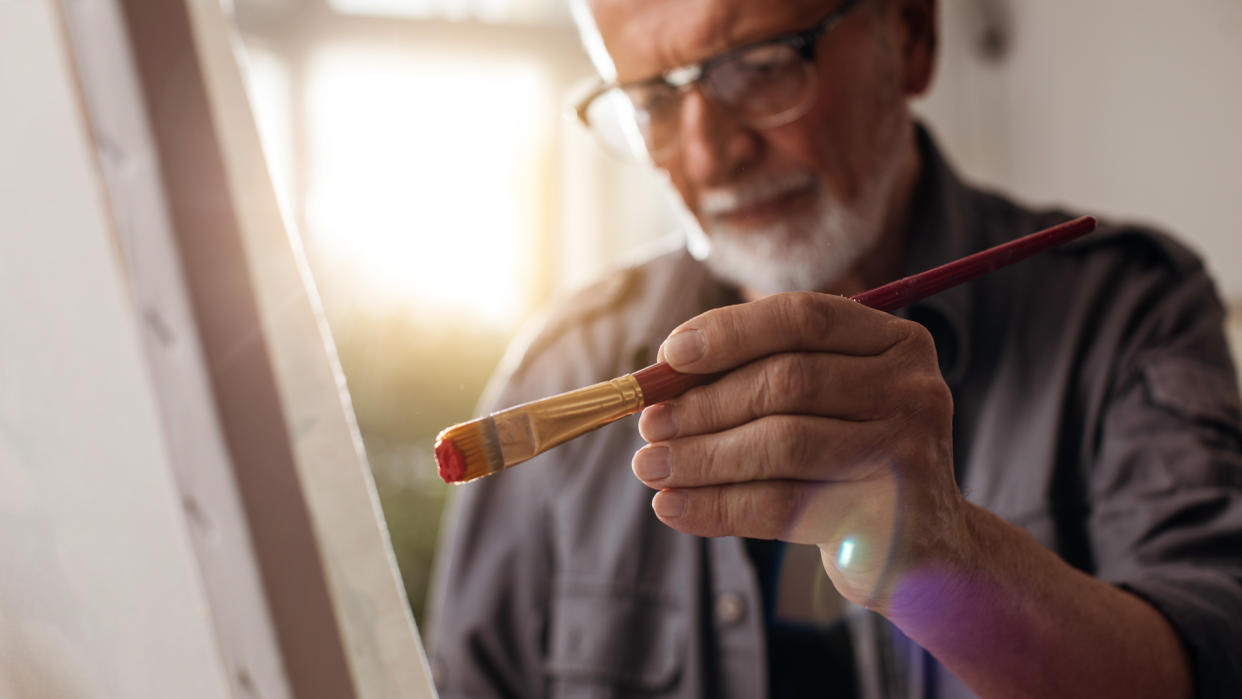
11. Hobbies and Crafts
In one of the true silver linings of the pandemic, reconnecting with old hobbies or taking up new ones has provided fulfillment and joy that people may not have had time for in the past. Name an artistic pursuit and there are probably more people doing it over the last year, from woodworking, painting and sewing to learning new instruments or home-brewing beer. A proliferation of online art classes and clubs have helped support the trend.
As we mark the anniversary of the pandemic, much has been speculated through the lens of history as to what lies ahead. The plague having led to the Renaissance and the 1918 flu pandemic giving way to the Roaring ‘20s, we may well surge into the next decade on a wave of creativity and exuberance, yielding both breakthroughs in science and respect for the balance of the natural world. It might also mean a lot more nice hand-knitted socks.
More From GOBankingRates
This article originally appeared on GOBankingRates.com: 11 Things We’ll Keep Doing Even After COVID-19 Is Over
